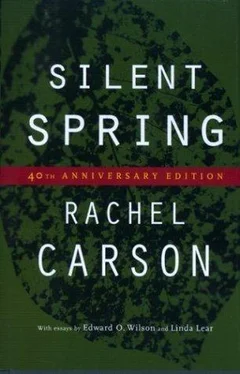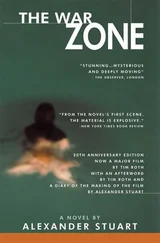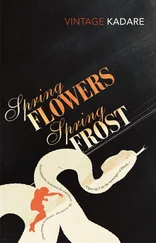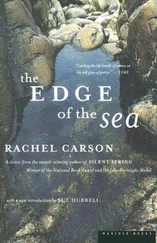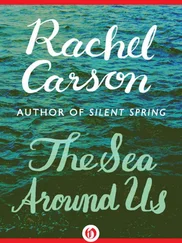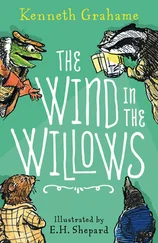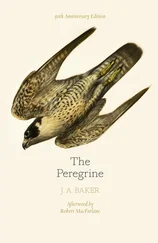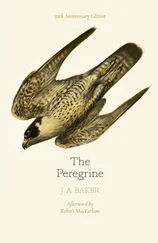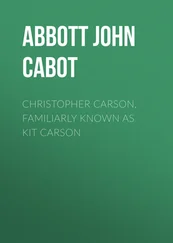Scholarships allowed her to study at Woods Hole Biological Laboratory, where she fell in love with the sea, and at Johns Hopkins University, where she was isolated, one of a handful of women in marine biology. She had no mentors and no money to continue in graduate school after completing an M.A. in zoology in 1932. Along the way she worked as a laboratory assistant in the school of public health, where she was lucky enough to receive some training in experimental genetics. As employment opportunities in science dwindled, she began writing articles about the natural history of Chesapeake Bay for the Baltimore Sun. Although these were years of financial and emotional struggle, Carson realized that she did not have to choose between science and writing, that she had the talent to do both.
From childhood on, Carson was interested in the long history of the earth, in its patterns and rhythms, its ancient seas, its evolving life forms. She was an ecologist—fascinated by intersections and connections but always aware of the whole—before that perspective was accorded scholarly legitimacy. A fossil shell she found while digging in the hills above the Allegheny as a little girl prompted questions about the creatures of the oceans that had once covered the area. At Johns Hopkins, an experiment with changes in the salinity of water in an eel tank prompted her to study the life cycle of those ancient fish that migrate from continental rivers to the Sargasso Sea. The desire to understand the sea from a nonhuman perspective led to her first book, Under the Sea-Wind , which featured a common sea bird, the sanderling, whose life cycle, driven by ancestral instincts, the rhythms of the tides, and the search for food, involves an arduous journey from Patagonia to the Arctic Circle. From the outset Carson acknowledged her “kinship with other forms of life” and always wrote to impress that relationship on her readers.
Carson was confronted with the problem of environmental pollution at a formative period in her life. During her adolescence the second wave of the industrial revolution was turning the Pittsburgh area into the iron and steel capital of the Western world. The little town of Springdale, sandwiched between two huge coal-fired electric plants, was transformed into a grimy wasteland, its air fouled by chemical emissions, its river polluted by industrial waste. Carson could not wait to escape. She observed that the captains of industry took no notice of the defilement of her hometown and no responsibility for it. The experience made her forever suspicious of promises of “better living through chemistry” and of claims that technology would create a progressively brighter future.
In 1936 Carson landed a job as a part-time writer of radio scripts on ocean life for the federal Bureau of Fisheries in Baltimore. By night she wrote freelance articles for the Sun describing the pollution of the oyster beds of the Chesapeake by industrial runoff; she urged changes in oyster seeding and dredging practices and political regulation of the effluents pouring into the bay. She signed her articles “R. L. Carson,” hoping that readers would assume that the writer was male and thus take her science seriously.
A year later Carson became a junior aquatic biologist for the Bureau of Fisheries, one of only two professional women there, and began a slow but steady advance through the ranks of the agency, which became the U.S. Fish and Wildlife Service in 1939. Her literary talents were quickly recognized, and she was assigned to edit other scientists’ field reports, a task she turned into an opportunity to broaden her scientific knowledge, deepen her connection with nature, and observe the making of science policy. By 1949 Carson was editor in chief of all the agency’s publications, writing her own distinguished series on the new U.S wildlife refuge system and participating in interagency conferences on the latest developments in science and technology.
Her government responsibilities slowed the pace of her own writing. It took her ten years to synthesize the latest research on oceanography, but her perseverance paid off. She became an overnight literary celebrity when The Sea Around Us was first serialized in The New Yorker in 1951. The book won many awards, including the National Book Award for nonfiction, and Carson was elected to the American Academy of Arts and Letters. She was lauded not only for her scientific expertise and synthesis of wide-ranging material but also for her lyrical, poetic voice. The Sea Around Us and its best-selling successor, The Edge of the Sea, made Rachel Carson the foremost science writer in America. She understood that there was a deep need for writers who could report on and interpret the natural world. Readers around the world found comfort in her clear explanations of complex science, her description of the creation of the seas, and her obvious love of the wonders of nature. Hers was a trusted voice in a world riddled by uncertainty.
Whenever she spoke in public, however, she took notice of ominous new trends. “Intoxicated with a sense of his own power,” she wrote, “[mankind] seems to be going farther and farther into more experiments for the destruction of himself and his world.” Technology, she feared, was moving on a faster trajectory than mankind’s sense of moral responsibility. In 1945 she tried to interest Reader’s Digest in the alarming evidence of environmental damage from the widespread use of the new synthetic chemical DDT and other long-lasting agricultural pesticides. By 1957 Carson believed that these chemicals were potentially harmful to the long-term health of the whole biota. The pollution of the environment by the profligate use of toxic chemicals was the ultimate act of human hubris, a product of ignorance and greed that she felt compelled to bear witness against. She insisted that what science conceived and technology made possible must first be judged for its safety and benefit to the “whole stream of life.” “There would be no peace for me, she wrote to a friend, “if I kept silent.”
* * *
Silent Spring, the product of her unrest, deliberately challenged the wisdom of a government that allowed toxic chemicals to be put into the environment before knowing the long-term consequences of their use. Writing in language that everyone could understand and cleverly using the publics knowledge of atomic fallout as a reference point, Carson described how chlorinated hydrocarbons and organic phosphorus insecticides altered the cellular processes of plants, animals, and, by implication, humans. Science and technology, she charged, had become the handmaidens of the chemical industry’s rush for profits and control of markets. Rather than protecting the public from potential harm, the government not only gave its approval to these new products but did so without establishing any mechanism of accountability. Carson questioned the moral right of government to leave its citizens unprotected from substances they could neither physically avoid nor publicly question. Such callous arrogance could end only in the destruction of the living world. “Can anyone believe it is possible to lay down such a barrage of poisons on the surface of the earth without making it unfit for all life?” she asked. “They should not be called ‘insecticides’ but ‘biocides.’”
In Silent Spring, and later in testimony before a congressional committee, Carson asserted that one of the most basic human rights must surely be the “right of the citizen to be secure in his own home against the intrusion of poisons applied by other persons.” Through ignorance, greed, and negligence, government had allowed “poisonous and biologically potent chemicals” to fall “indiscriminately into the hands of persons largely or wholly ignorant of their potentials for harm.” When the public protested, it was “fed little tranquillizing pills of half-truth” by a government that refused to take responsibility for or acknowledge evidence of damage. Carson challenged such moral vacuity. “The obligation to endure,” she wrote, “gives us the right to know.”
Читать дальше
